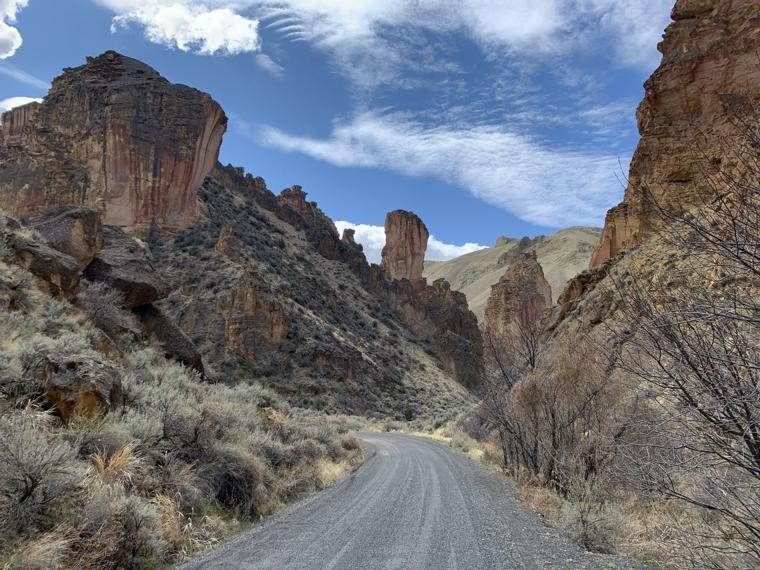It happens every year. One warm, sunny day and I think it’s full-blown spring. Time to load up the boat, wife and kids and go crappie fishing. But, as an old boss used to say, one robin doesn’t mean it’s spring.
But the above happens every year, the first warm day of pre-spring (and more so the longer the winter has been) so I guess I will die starting my crappie fishing too early. But you actually do want to start a week or two early. You don’t want to doodle around and miss being on the lake when the spawn actually does start. It is too big of an event to miss.
As I type this article, it is March 21. By the time it prints on April 2, depending on how the weather is between now and then, the spawn should be within a week of starting.
If you are wondering why I am being such a drama queen and panicking about being late to hit the crappie spawn, then that means that you have never eaten a crappie. We are super blessed to live in Idaho. Most people think of crappie as a southern fish, but here in Idaho and Oregon we have better crappie fishing than a lot of the southern states. Maybe not as big but more prolific. For instance, I think the limit in Texas is only 25 per day. Here, we don’t have limits.
But to be wise conservationists I think we ought to throw back the smaller ones for breeding stock. It seems like the supply is limitless, but I’m sure the early settlers thought the same about passenger pigeons and bison.
So you’re successful, here will be the format. The experts tell us that crappie start moving out of their deeper wintering holes when the water hits something like 45 to 50 degrees. Then, when it hits 55, they’ll stage outside of their spawning areas. Then, near 60 degrees, the males will move in and fan out a bed.
Crappie will be on a pre-spawn feeding binge during this time. And then when the water temp gets up to 60 to 65, they move in and start spawning.
When they’re spawning, they’ll be literally 1 to 2 feet from the shore. There are lots of ways to catch them at this time, but here is the method I like. I tie on a small jig head and slip on a tube jig. About 12 to 18 inches above the jig, I put on a pencil bobber. I don’t know why it matters but I catch a lot more fish with a pencil bobber as opposed to the ol’ red/white round bobber. When the bobber stands up, let him pull it under or start running with it and then lift up your rod tip and start reeling.
Don’t jerk the rod tip and set the hook or you’ll rip their lips off. They are called paper mouths for a reason. In fact, any keeper fish, I net. The bigger they are the more likely it is that they will rip off when boating them.
But we’re getting ahead of ourselves. They aren’t in the spawning mode yet. More than likely right now they are staged out about 20 yards from the bank. I will use the same jig but put a small split shot about four to six inches above the jig so it will sink down. The windier it is the bigger, or more, split shots I use.
To fish the above set-up, I’ll cast out the jig and let it drop down. Then I’ll slowly lift my rod tip and reel in the slack as I’m dropping the tip back down. If the line goes slack when the jig is sinking, a fish has hit it. Again, lift the rod tip and start reeling to set the hook. I’ll get a lot of hits while bouncing along the bottom, especially if perch are present.
I’ll fish the jig like this all the way back up to the boat. I get a lot of hits up higher in the water column.
At first I thought they had followed it up from the bottom but now I say I am catching ones that are suspended up higher.
So the moral to the article is just because crappie haven’t moved in and started spawning yet doesn’t mean that you can’t catch them. Just move out deeper and catch them pre-spawn.
Tom Claycomb lives in Idaho and has outdoors columns in newspapers in Alaska, Idaho, Utah, Nevada, Colorado and Louisiana. He also writes for various outdoors magazines and teaches outdoors seminars at stores like Cabela’s, Sportsman’s Warehouse and Bass Pro Shop.



